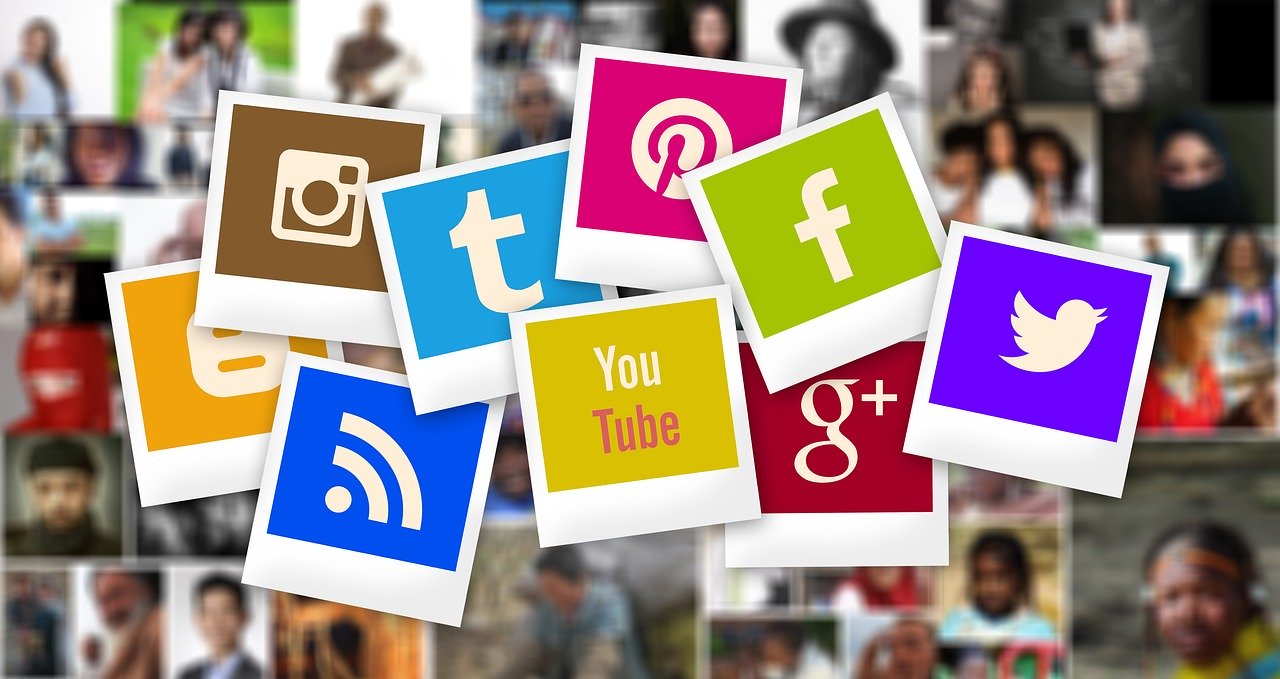Your Followers are FAKE! REAL Engagement matters
USD 1.3 Billion or about 15 percent of what was pegged as the USD 8.5 billion global spends on influencer marketing is FAKE. A report last year by cybersecurity company Cheq and University of Baltimore economist and professor Roberto Cavazos had claimed these astonishing figures.
Last week, after a complaint by a social media user of impersonation, Indian Rap music star, Badshah confessed to Mumbai Police of paying INR 7.2 Million (72 lakhs) for buying 72 Million (7.2 crore). His attempt was to get 75 million views for his song video on the first day of its release, beating previous records set by Taylor Swift and the Korean boy band BTS. A claim rejected by Google. On the other hand, the digital agency which received the payment is now under the scanner as the probe into the FAKE world of ‘likes’, ‘followers’, ‘Blue Tick’ accounts is opening up the grimy under belly of Influencer Marketing.
Why is this IMPORTANT? Simply put, this explains the gap between what is projected by digital marketing managers as success by engagement metrics versus REAL sales that moves inventory out of your factories and stores and into consumer hands. This also exposes the challenge that marketers face when the ‘BIG IDEA’ is simply a captive of social media algorithms which predict a certain percentage of views to action. If you don’t pay for social media or digital advertising on the platforms or the influencers to amplify your messages, the digital exposure is lost. And knowing how digital leads and influences TV and print editorial coverage, the cost of attention is assumed to be well justified.
Not anymore. With social media platforms under scrutiny for promoting fake news, hate posts and now this side business of ‘FAKE’ influencers and trends, governments across the world will start asking for better metrics to distinguish between bots, ‘bought’ users and real ones.
And marketers and advertisers will probably now look for more accountability as online ad spends and digital time spent increases with the COVID19 pandemic. Do not be surprised if the digital equivalent of the Print media’s National Readership Survey or TRP’s for TV channels make their entry to get an unbiased view into real and fake users. Hopefully, social media and digital platforms will make the first move, to regulate “influencers” before governments crack down on them.
